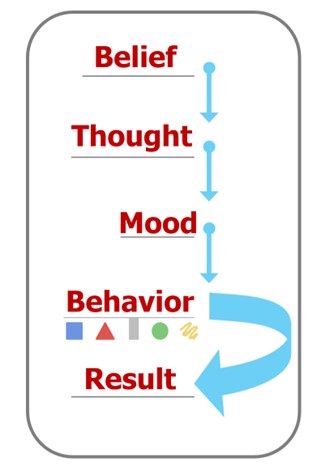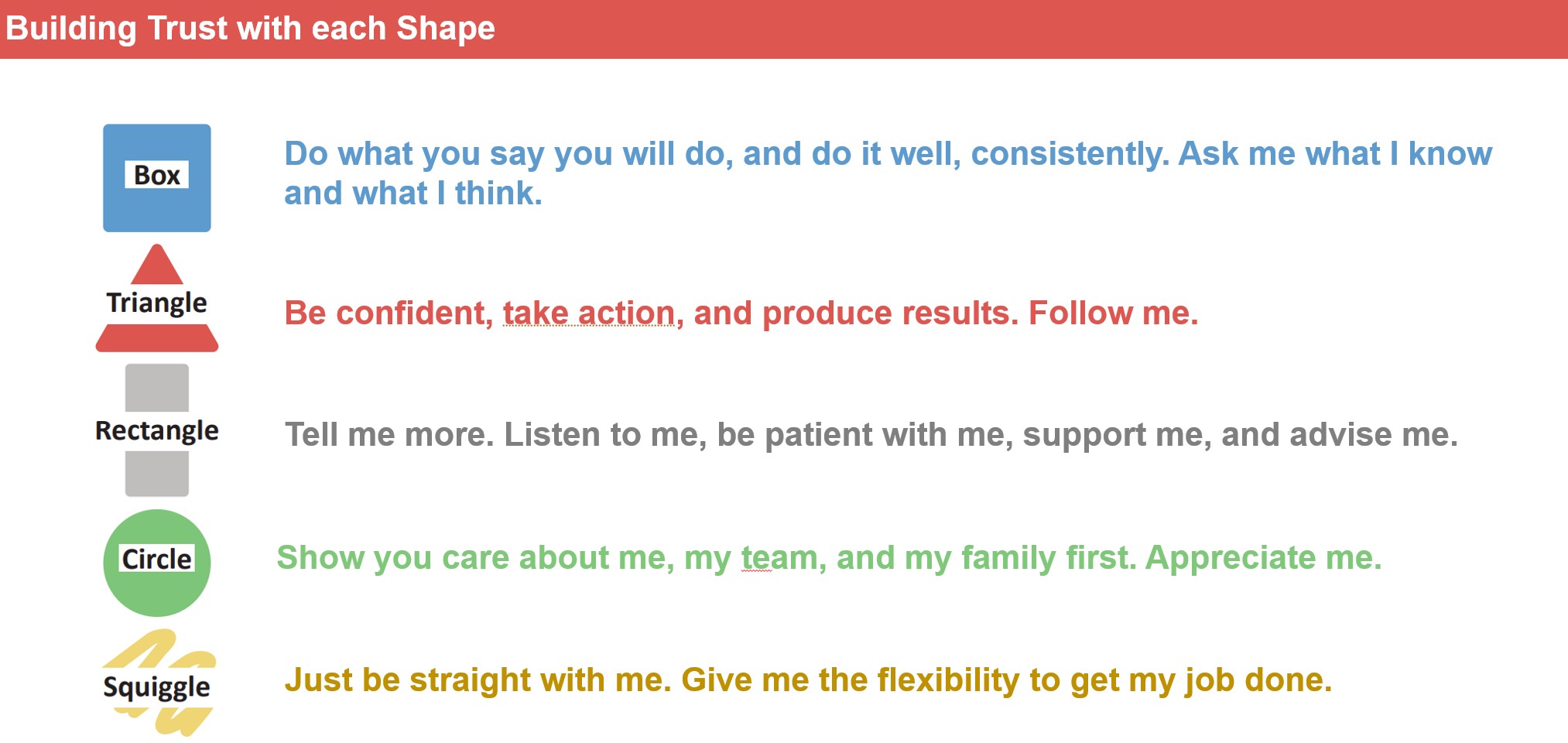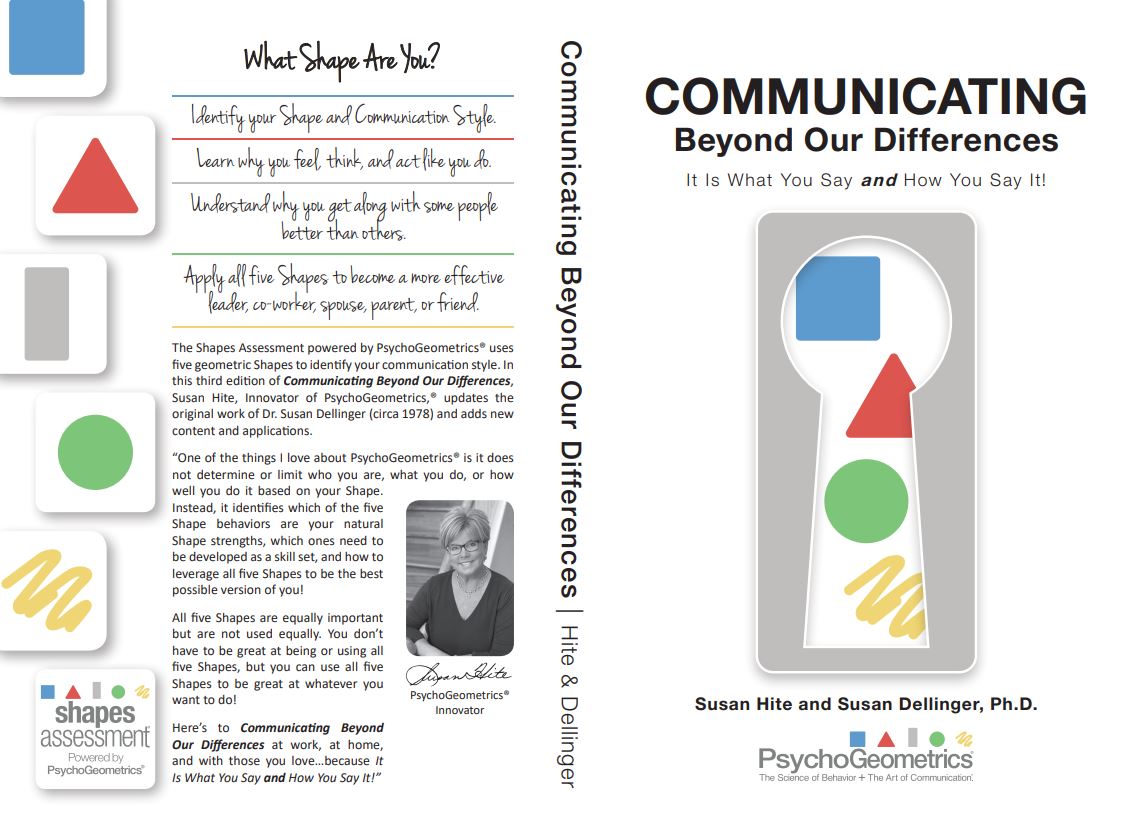

Wednesday, May 08, 2024
If you do a Google search for "engagement," you will find a never-ending list of articles that attempt to define, describe, and quantify how you think, feel, and act, as well as how you emotionally connect and interact. From organizations, teams, and your professional work to personal relationships, families, and your daily life, it seems that engagement emerges as the one common behavior that influences results the most.
If you really want to understand engagement, you must consider three things that impact engagement and ultimately one's behavior as it links to results.
1. Belief
2. Thought
3. Mood
What a person believes is where it all starts. Belief shapes (no pun intended) your guiding principle, values, and your level of trust.
If a person trusts, they believe. If they believe, they are more open to listening as part of forming their thoughts. This impacts their mood, and collectively 1) belief, 2) thought, and 3) mood express its level of engagement through behavior. In other words, what you say, what you do, and how you relate are all examples of behavior.
Before you can begin to measure, evaluate, or quantify behavior, especially in terms of how it links to engagement and results, it's important to understand the main types of behavior.
Here at PsychoGeometrics, we believe that each of the five geometric Shapes of PsychoGeometrics represent a distinct communication style. Some people might refer this to one's personality, as if it's as simple as knowing your Zodiac sign, but it's so much more than that. Your behavior is comprised of your natural traits and strengths at birth, then your developed traits and strengths, as well as your learned traits and skills, through environment, culture, education, socioeconomic status, experiences, perception, and natural evolution over your lifetime. The culmination has a profound impact on engagement (behavior) and results (happiness, productivity, commitment, morale, numbers, percentages, and anything else you can define and measure).
Here's a simplified understanding that serves as our guiding principle here at PsychoGeometrics:

When it comes to engagement, we don't just look at the bottom-line, we look at the "Shape Behaviors" that influence the bottom-line. Specifically, we look at what drives the five communication styles and "Shapes" which brings us back to:
1) Belief
2) Thought
3) Mood
Whether your goal is to increase retention in your organization, strengthen a relationship, or work through one of life's many challenges or changes, engagement starts with belief. So, instead of only looking at the engagement survey results, we dig deeper to discover what people believe, what they think, and how they feel. Because these three things drive behavior, and behavior is what influences the engagement survey results, we start with what someone perceives to be the truth, based on their perceptions, which ultimately shapes their belief.
To believe, think, feel, and behave in a way that produces a high level of engagement, requires trust. If the Shapes could talk, here's what they would say they need:

In other words, if you focus on building trust, engagement will increase.
Think of an area in your life where you would like to be more engaged. Now ask yourself, "What do I believe about this area of my life?" For example, consider the environment, organization, the purpose or mission compared to your purpose or mission, your team, boss, home, significant other, family, friends, or group." If your belief is not solid, or positive, consider how that impacts your level of trust. What do you need to trust and believe?
It's OK to not believe in something or someone, but what's not OK is to stay in that situation for very long, or else you will become mentally, emotionally, and/or physically unhealthy, unfulfilled, dissatisfied, numb - all the things that lead to disengagement. Then one day you wonder why you are not happy in your relationship or engaged in your work.
If you are wondering why your people are not more engaged at work, at home, or with you personally, or professionally, ask yourself, "What do they believe," and "How does it impact results?"
One size does not fit all, and yet you can't be all things to all people. But you can raise the probability that you offer the things that either match the Shape of the other person, or represent something that each Shape values.
Don't know where to start? I recommend you start with reading our book, Communicating Beyond Our Differences. It's much more than "communication tips." It helps you understand why you think, feel, and act the way you do, and how others think, feel, and act the way that they do. Understanding is more than half the solution for most any problem.
If you want to learn more about PsychoGeometrics, including our online DIY modules, upcoming certification online classes, our new book, or how we can customize a team-building workshop for your group, feel free to reach out to me directly. Our team truly loves helping people leverage their Shapes for effective and influential communication!
Use the access code Book25 and save 25% when you purchase today.

Click on this access code: Book25 and save 25%.
Susan Hite, CEO, PsychoGeometrics, The Science of Behavior - The Art of Communication